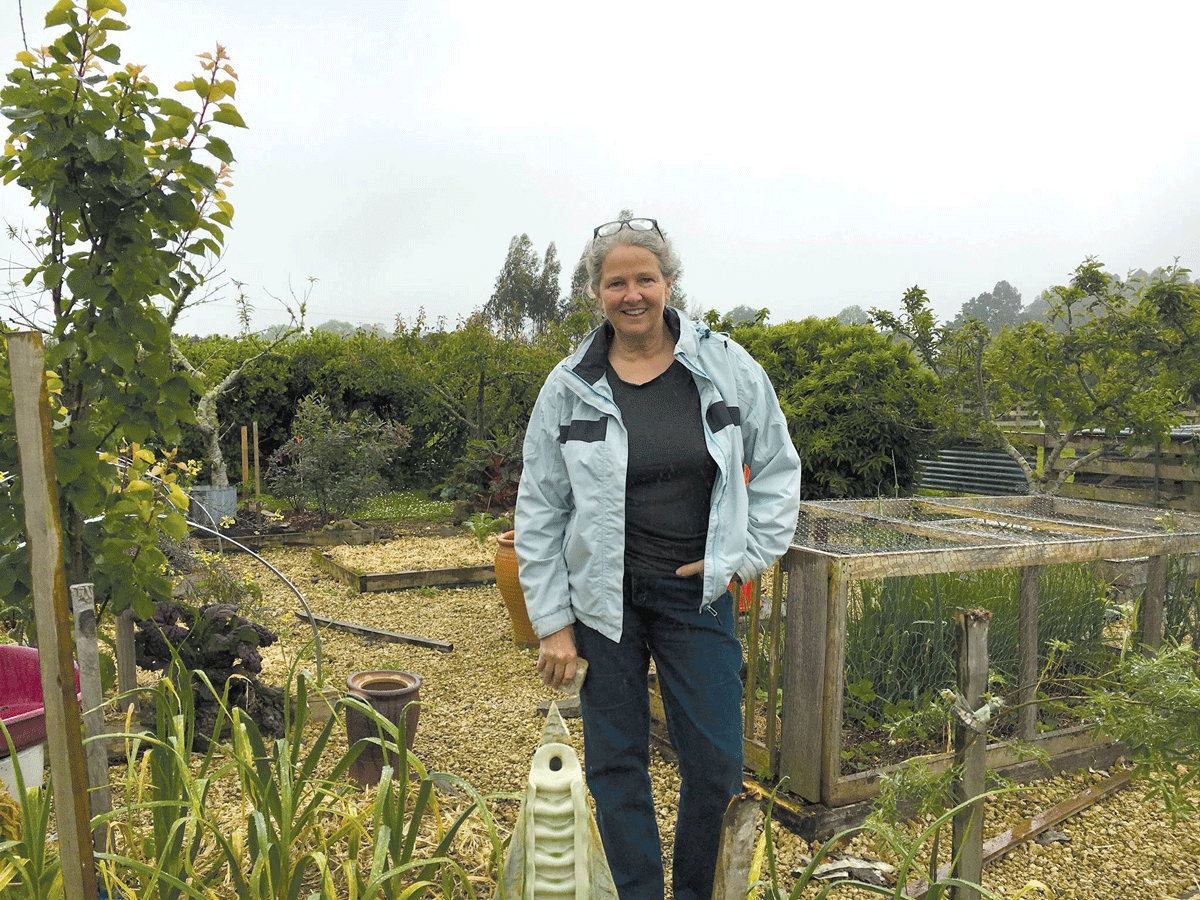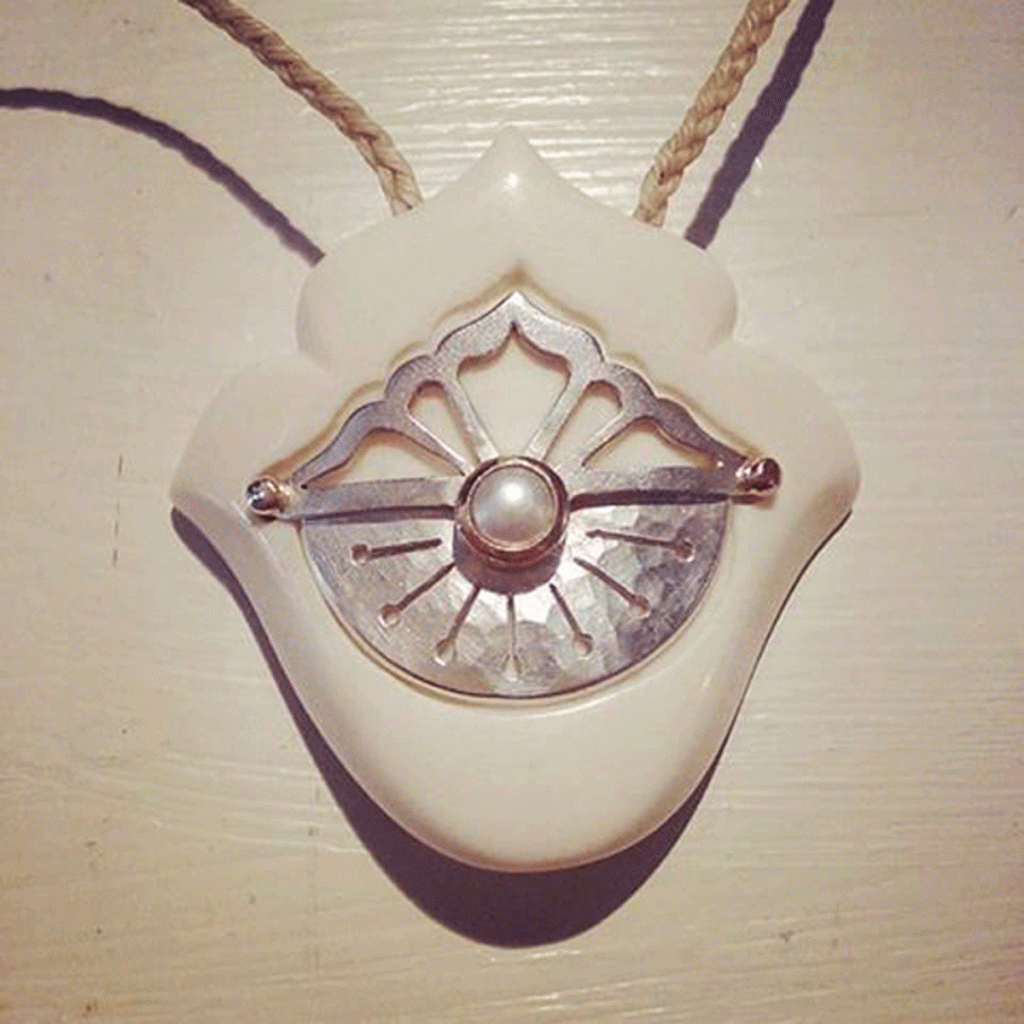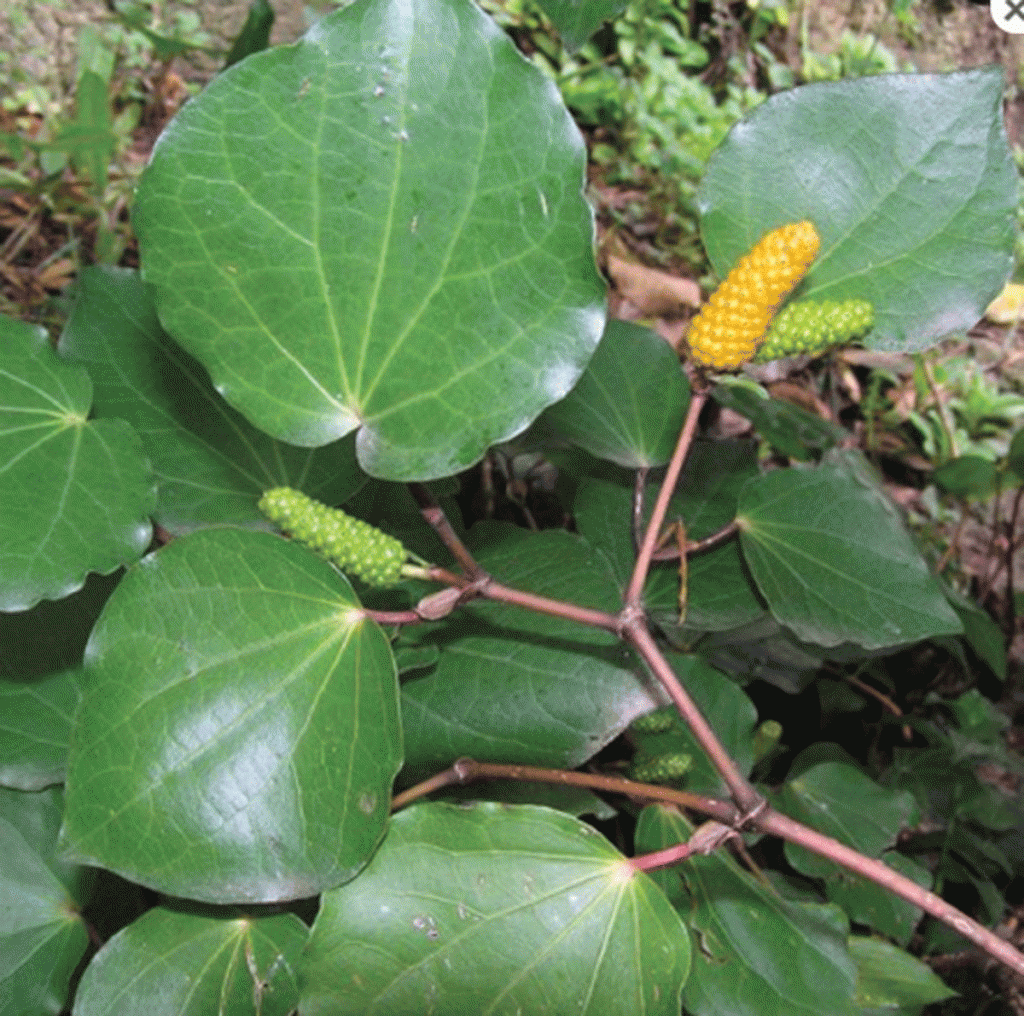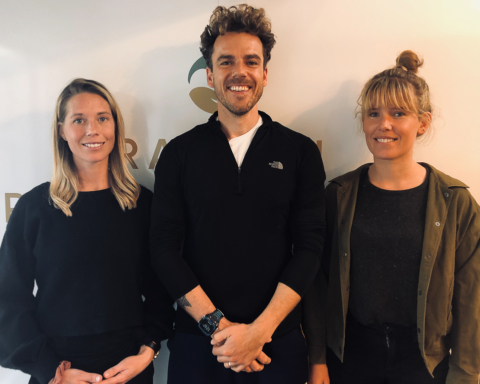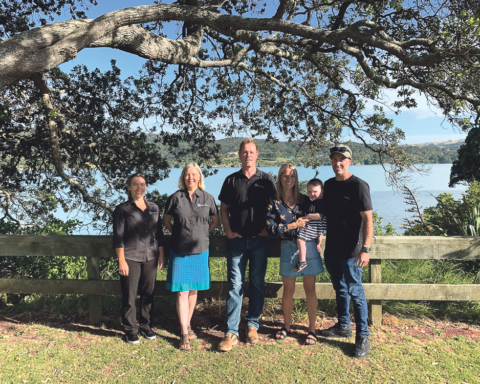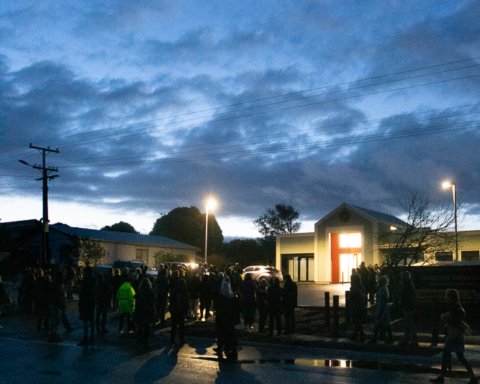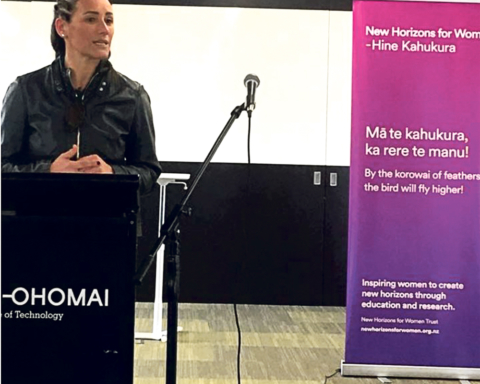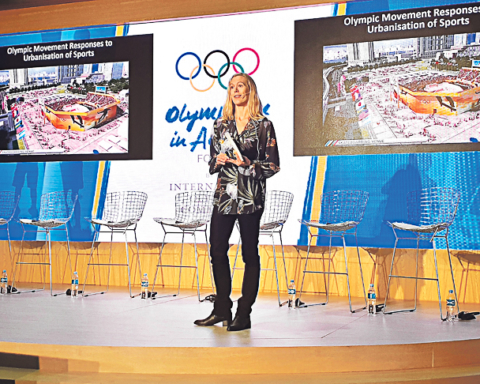Clare Wimmer has plenty on her plate. Literally, too – and it’s highly likely that she made the plate, and grew the food that’s on it.
The busy Waitetuna woman is the business manager of a global company that consults on climate change risk and adaption; she’s the Waikato Environment Centre’s co-ordinator for its Permaculture Design Certificate; she pots and teaches classes in ceramics at home and at the old School Arts Centre; she’s currently helping to organise a conference for Maori and indigenous Australian facilitators in Raglan next week; and organising a gathering for educators in permaculture in Waitetuna the following weekend.
Then, in her down time, she plans new trees for her property for 50 years down the track, considers that maybe ducks will be better to keep than chickens because the river near the house is becoming more prone to severe flooding; and will some time soon throw together some permeable pots to use as underground vessels to experiment with sustainable watering of her gardens.
It’s a diverse and busy lifestyle that is captured in the book ‘Her Space’, released in September and written by Marilyn Jesson, who spent a year interviewing over 60 “inspirational women”.
If you were to brainstorm Clare’s life on a piece of paper you could connect everything with scribbly arrows; round and round they’d go until there was a big, jumbled mess.
But, really, Clare’s totally organised because everything she does is based on one guiding principle: permaculture.
Permaculture is a creative design process based on whole-systems thinking. It looks at patterns and relationships in nature and how these can be applied to every aspect of human habitation.
It’s this way of thinking and her creative mind that makes her a prime target to be on everyone’s organising committee, she laughs.
“And I open my mouth.”
Clare has long been interested in permaculture, since moving to the Raglan area 17 years ago. She’s learned a lot of what she knows from friends and people in the community.
“It really fits well with the way I think about life and the future; it’s the way I want to set up my future.”
Last year she became “formerly educated” by completing the Permaculture Design Certificate (PDC) that she is now a co-ordinator of, and uses permaculture as “a framework for living”.
That means she lives and breathes it – everything is about sustainability and being self-sufficient.
On her 1-hectare of dirt in Waitetuna, everything has a purpose. The earth has been used to make her house, and the wood was also locally sourced or recycled; the house has been sited on the land according to the movement of the sun; the sun is used to heat the house; pigs and chickens are used to enrich the soil; rabbits and sheep are bred for food; companion planting ensures there is no need for nasty sprays; and black and grey water is recycled back into the environment. Yes, the worms eat her family’s poo and make their own juice that is then mixed with the grey water and trickled out to the orchard; “we eat the fruit”, and around it goes again.
“With permaculture you want to create as many closed systems as you can. No inputs and outputs. It’s totally about efficiency and the use of energy.”
Clare is interested in helping other people make permaculture part of their life plan, too.
“I just think that everyone needs to think about taking care of the earth at the moment. And have a good relationship with your neighbour, too.” Permaculture is also about fair share, after all, and that means sharing the spoils of a glut harvest or trading in commodities.
“I realise a lot of people aren’t up to that concept yet, but when there is a crisis that’s when you see people go ‘oh my god, I have nothing to eat’.”
A desire to actually see change led Clare to reduce her hours at CLIMsystems, from 30 to 20, and take up the job with the Waikato Environment Centre.
“I know we are making change,” she says of her work with the global company, “but I want to see it happening around me. I needed to see if I could have an impact locally.”
It’s one of the reasons why she volunteerd to organise the national Permaculture Education/Livelihood hui, which will be held at Waitetuna Retreat from December 2-4, just a short walk from Clare’s home.
“I wanted it in my own backyard so I put my hand up,” she admits. “I wanted to get all the local educators on board.”
Internationally, it has been recognised that the permaculture movement, which started in the 1970s, would benefit from a greater coherence at a global level.
The hui in Waitetuna is for tutors and educators to discuss what is being termed as The Next Big Step, and what that means for permaculture in New Zealand.
“We will be having a conversation about design and design processes and the changes in the world … we are looking at climate change and the use of the internet.
“People are doing things differently then they did before, we want to acknowledge that and bring it to the forefront of education.”
And what comes out of that hui should keep Clare pretty busy mapping out her future.
Inger Vos
